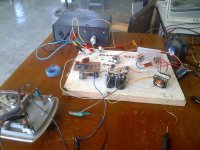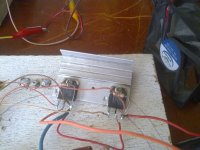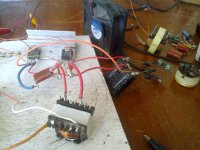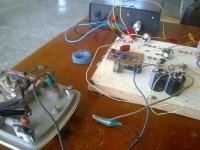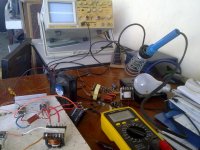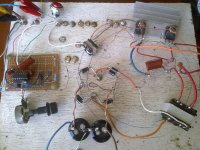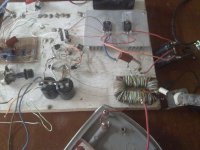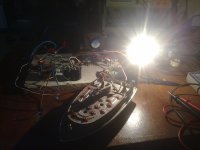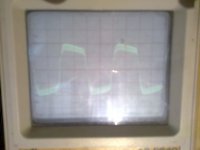Hello sir Microsim,
I observe that you are a pioneer in diy smps based on your several smps projects posted here..and I am glad to tell you that I am also your follower.
I just want to ask some questions regarding the operation of my own handmade smps whether it is ok or not and also some advices from you..Im very grateful if you will..
1. Is it normal that when I squeeze my EC-35C transformer from ATX power supply to give 650 watts of power to my flat iron load which is 45 ohms with 160 volts dc measured at its two terminals , the two power mosfets K2698 (same as IRFP460) to heat up in less than a minute? but the heating of heatsink is gradual..Im just wondering what might be the reasons becoz I can feel the two mosfets cannot handle it for a long time and might become shorted afterwards..
Regards,
Demykiko
I observe that you are a pioneer in diy smps based on your several smps projects posted here..and I am glad to tell you that I am also your follower.
I just want to ask some questions regarding the operation of my own handmade smps whether it is ok or not and also some advices from you..Im very grateful if you will..
1. Is it normal that when I squeeze my EC-35C transformer from ATX power supply to give 650 watts of power to my flat iron load which is 45 ohms with 160 volts dc measured at its two terminals , the two power mosfets K2698 (same as IRFP460) to heat up in less than a minute? but the heating of heatsink is gradual..Im just wondering what might be the reasons becoz I can feel the two mosfets cannot handle it for a long time and might become shorted afterwards..
Regards,
Demykiko

